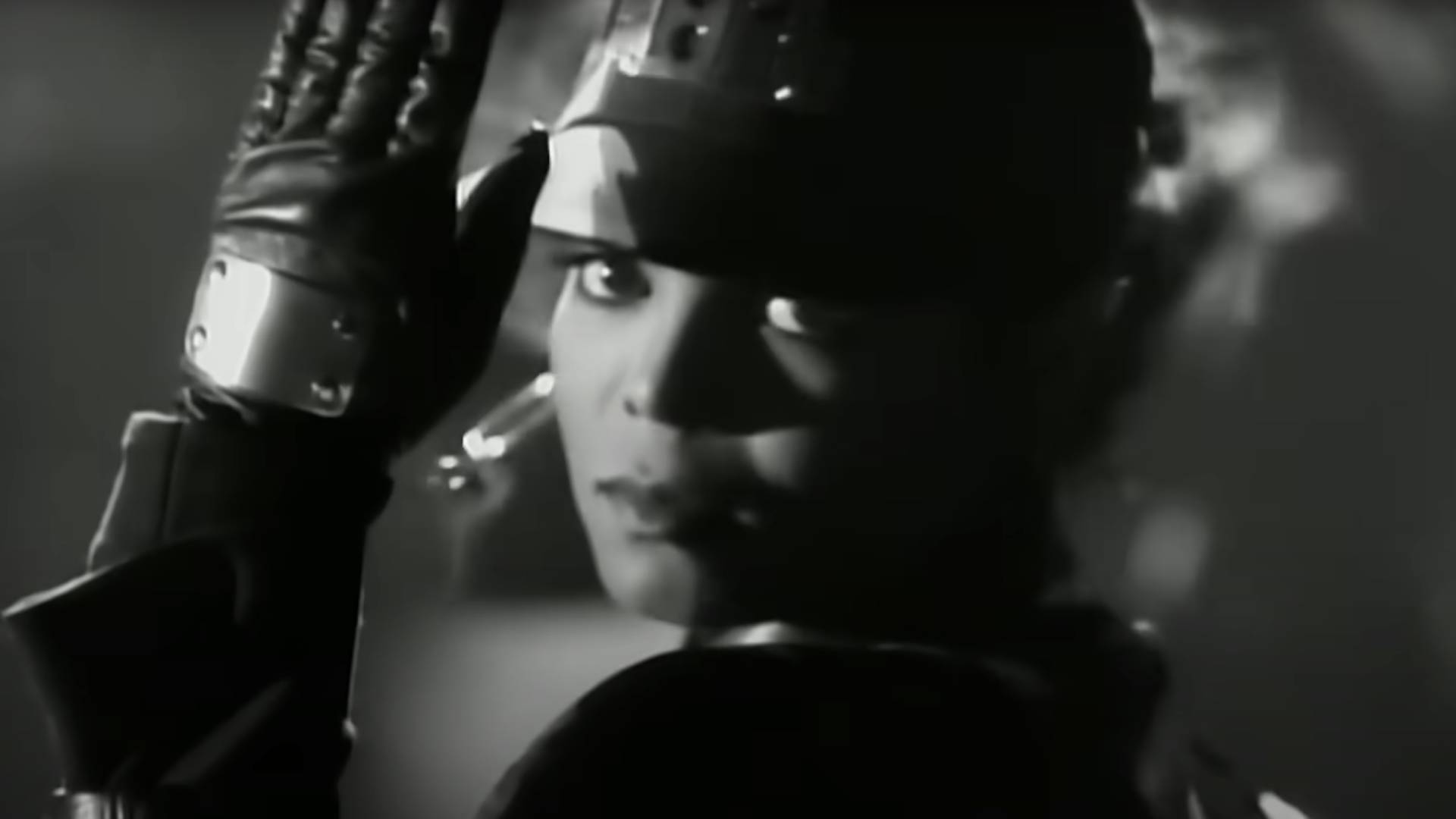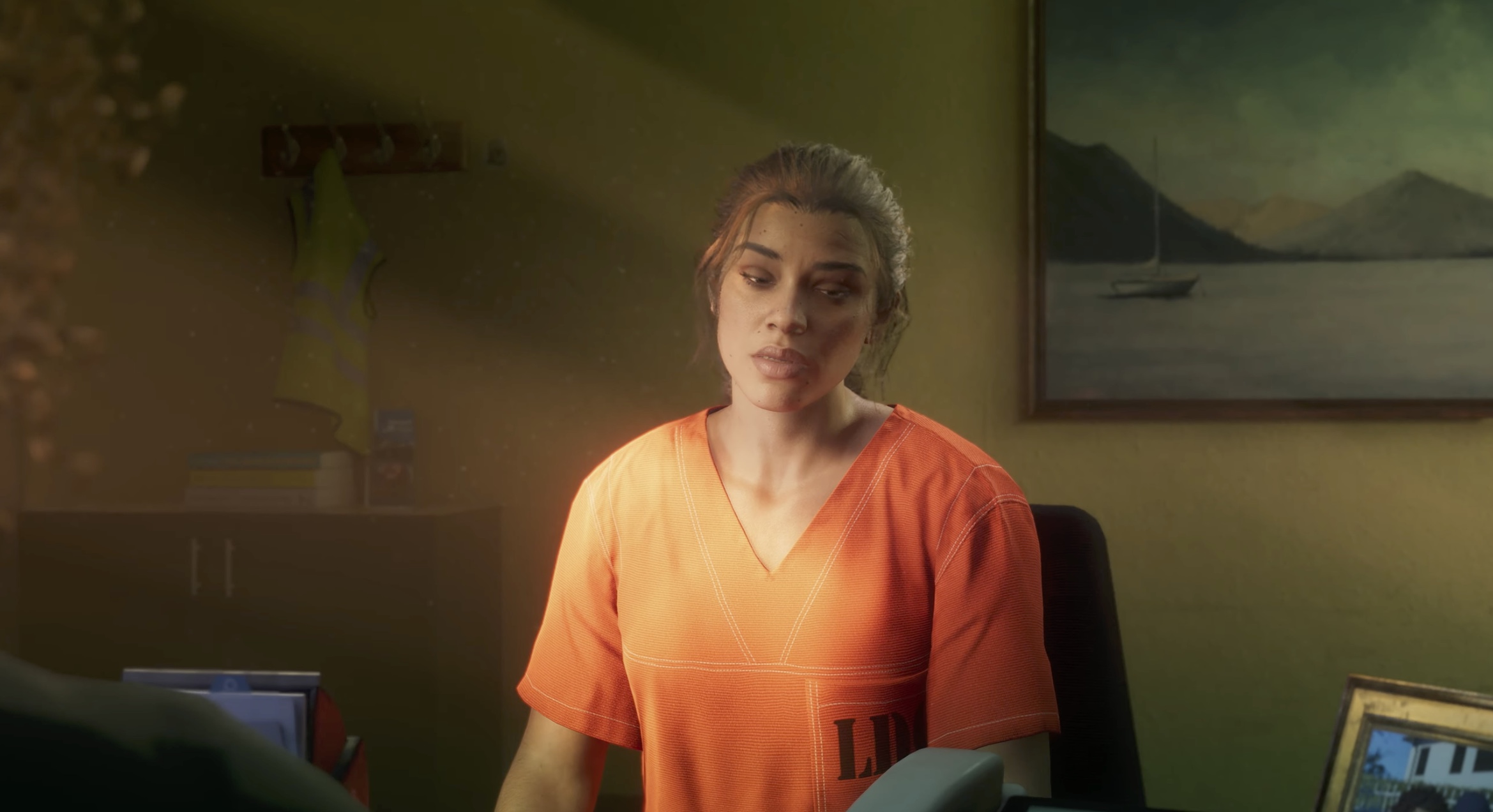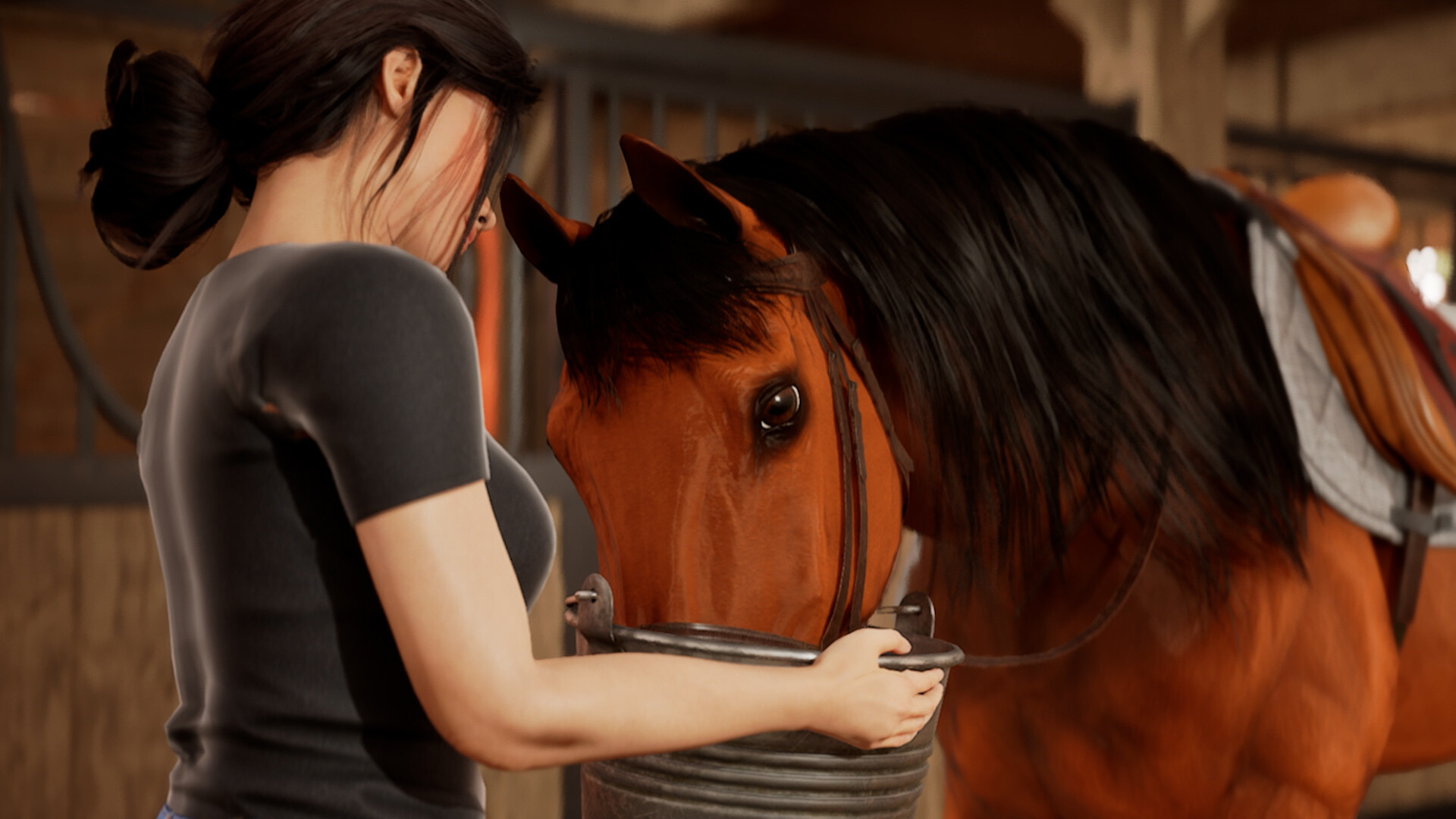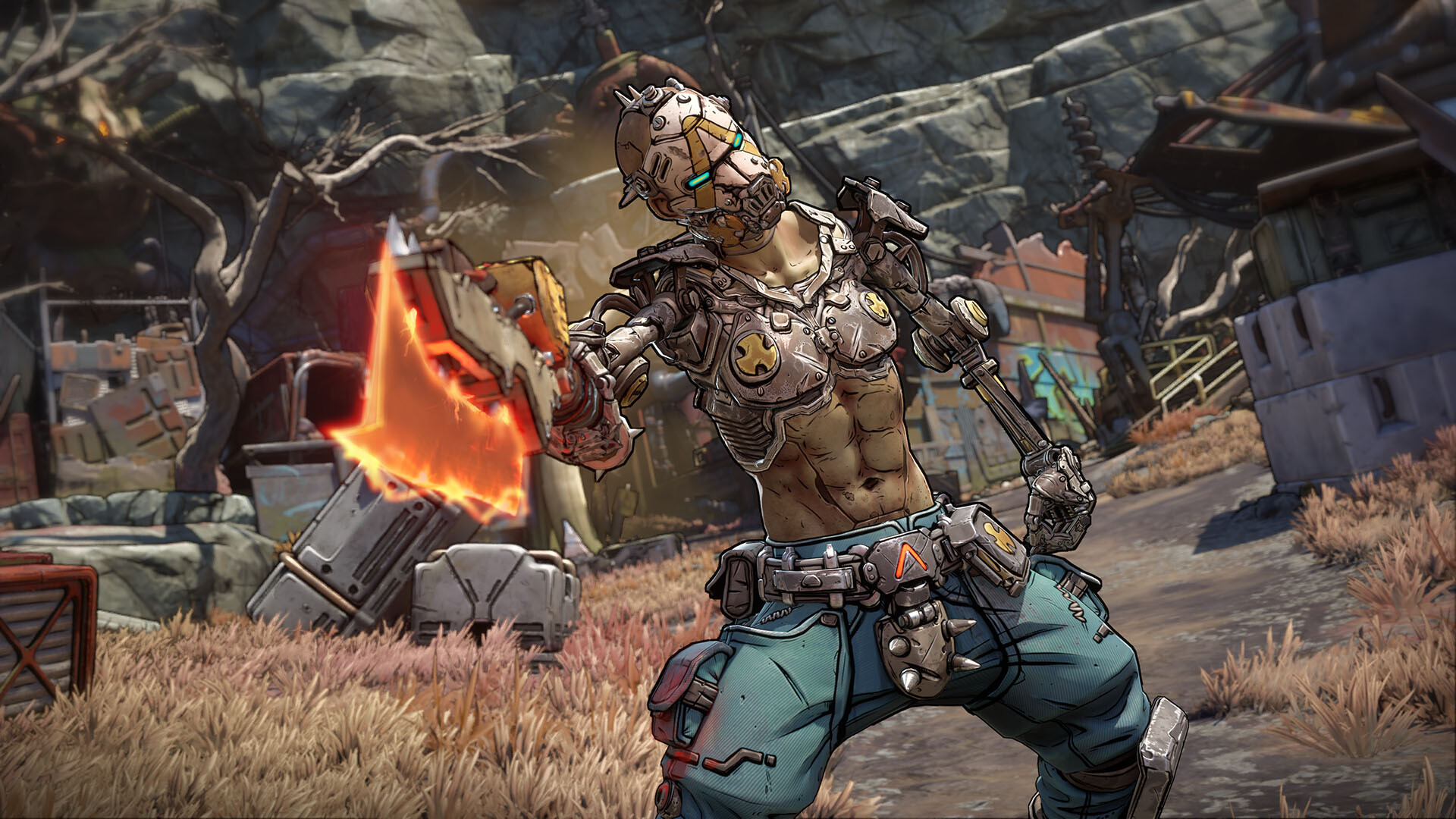
Reanimal Is Another Little Nightmare That I’m Excited To Suffer
If you type ‘scariest animals’ into Google, the search engine spits out a variety of expected results: killer spiders, disgusting centipedes, hideous fish, and flying snakes. You will notice that ‘sheep’ are not on that list. Watch the debut trailer for Reanimal, though, and you’ll quickly develop a fear for the woolly bleaters – particularly giant mutant ewes with far, far too many arms.
Developed by Tarsier, the studio behind the first two Little Nightmares games, Reanimal is both a continuation and an extension of the team’s prior work. At gamescom 2024 I was able to play a half-hour hands-on demonstration, and what I saw suggests that Reanimal is very, very close to its predecessors in the broad strokes. Like Little Nightmares, it is a creepy adventure in which you guide children through a variety of horrifying events. It has a similar balance of puzzles, platforming, and all-out-terror escape sequences. And, once again, it’s all brought to life with the same stop motion-like animation style that makes the developer’s work look like a beautifully f*cked up Coraline. It’s just that this time instead of grotesque chefs and rubbernecked teachers, your tiny protagonists are on the run from a farm’s worth of warped, demented animals.
Note the ‘s’ at the end of protagonists. This time around there’s always two of you – a pair of siblings – and that means co-op play, both online and local. But before you conjure up images of a nightmarish version of It Takes Two, it’s worth reigning in your expectations. Reanimal’s narrative designer, Dave Mervik, explained to me that the 2021 co-op hit’s novel, constantly inventive approach wasn’t suited to maintaining the dark, tense atmosphere Tarsier is aiming for. Instead, Reanimal’s cooperative side will be more about experiencing and surviving the horror together. To emphasise that, both players will always be on the same screen together – you can’t wander off to new places viewed through a split-screen half. It’s vital (and compulsory) to stick together.
That goal has led to the creation of a new camera system that’s “designed to maximise claustrophobia and tension” as well as keep both characters in the frame at all times. What I played wasn’t one long shot akin to God of War, but many sections avoided cuts by swooping through windows and rotating around the action. It was particularly effective at capturing a chase sequence in which my child protagonists were hunted down by a colossal, furry centipede-like thing.
I was mesmerised by how the level burst apart and splintered as the creature’s many grasping limbs clawed their way across the corridor.
The demo was sadly single-player only, so I can’t say how well co-op has been woven into Tarsier’s established structure. But while running solo the second sibling is controlled by AI, and so I saw glimpses of how players will interact – helping lift one another up to higher platforms, for instance, or pushing heavy objects. Nothing of what I saw suggested Reanimal will be a particularly creative co-op game, but I’m not sure that will really matter if the experience itself is as accomplished as both the trailer and Tarsier’s previous games suggest it could be.
Renanimal has atmosphere by the bucketload. While the camera positioning still maintains an element of that “doll’s house” style used by Little Nightmares, this new world is drawn at a more realistic scale, which makes it feel just that little bit extra dark and oppressive. I was mesmerised by the aforementioned chase sequence, particularly by how the level burst apart and splintered as the creature’s many grasping limbs clawed their way across the corridor. I was unsettled by the sight of a tormented pig whose elongated neck was pushed through a gap in a wall. And I can’t wait to see what exactly is going on with that humongous, multi-armed sheep from the trailer.
Those who have played Tarsier’s horror back catalogue and are hoping for significant evolution may be slightly disappointed by Reanimal’s offerings. But that doesn’t mean it’s lacking new ideas, even if they are presented within the studio’s established framework. Despite using young protagonists again, the story is clearly pivoting away from childhood traumas to what appears to be a commentary on how humanity treats animals. And while that story is once again largely shown and not told, your protagonists can speak this time, mostly when they are sailing on their boat. This new water-based exploration aspect apparently allows you to find places and things beyond Reanimal’s main path – not quite side quests, exactly, but new discoveries nonetheless.
I’m not sure if these additions will make Reanimal meaningfully different from Little Nightmares as a game, but – alongside the monsters, more realistic scale, and setting – they’re the sort of thing that could prevent the ‘artistic’ experience as a whole from feeling like Little Nightmares 3 in all but name. Which is handy, considering Tarsier’s old publisher, Bandai Namco, is soon to release its own two-player Little Nightmares 3.
Matt Purslow is IGN’s Senior Features Editor.







